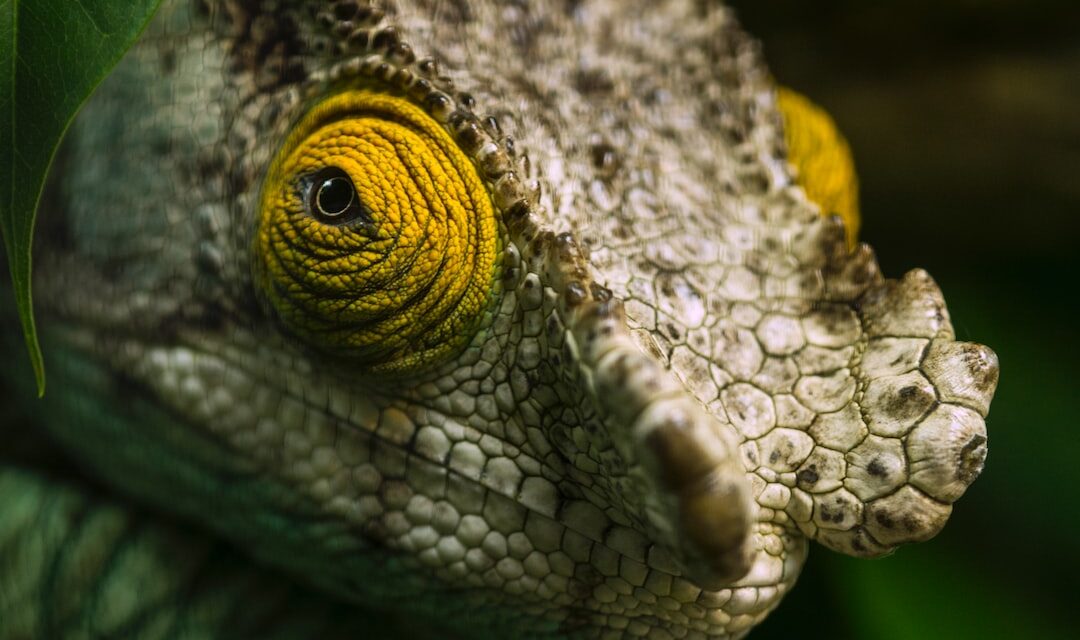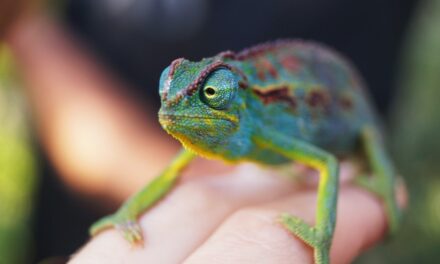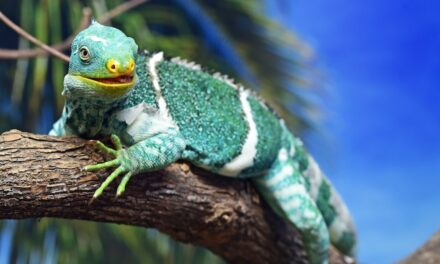Chameleons are truly remarkable creatures that have captivated the imagination of people for centuries. With their ability to change colors and blend seamlessly into their surroundings, they are often seen as mysterious and enigmatic creatures. Found primarily in Africa, Madagascar, and parts of Asia, chameleons belong to the family Chamaeleonidae and are known for their unique characteristics such as their independently moving eyes, long tongues, and prehensile tails.
The Myth of Chameleons being Poisonous
One of the most common misconceptions about chameleons is that they are poisonous. This belief has been perpetuated for centuries, leading many people to fear these fascinating creatures. However, the truth is that chameleons are not poisonous at all. The myth likely originated from the fact that some species of chameleons have brightly colored skin, which is often associated with toxicity in the animal kingdom.
Understanding the Difference between Venomous and Poisonous
To understand why chameleons are not poisonous, it is important to differentiate between venomous and poisonous animals. Venomous animals produce and inject venom into their prey or predators through specialized structures such as fangs or stingers. On the other hand, poisonous animals possess toxins that are harmful when ingested or touched.
Chameleons and their Unique Defense Mechanisms
While chameleons may not be poisonous, they do possess a range of unique defense mechanisms that help them survive in their natural habitats. One of the most well-known defense tactics of chameleons is their ability to change colors to blend into their surroundings. This camouflage allows them to hide from predators and ambush their prey.
In addition to camouflage, chameleons also employ other tactics such as hissing and puffing up their bodies to appear larger and more intimidating. Some species of chameleons also have spiky protrusions on their bodies, which they use to deter predators.
The Science behind Chameleon Venom
While chameleons are not poisonous, some species do possess venom. Chameleon venom is a complex mixture of proteins and peptides that is produced by specialized glands in their mouths. This venom is primarily used for hunting and defense.
When a chameleon bites its prey, the venom is injected into the wound, immobilizing the prey and allowing the chameleon to consume it at its leisure. The venom also helps to break down the prey’s tissues, making it easier to digest.
The Truth about Chameleon Saliva
In addition to venom, chameleons also have unique saliva that aids in their hunting and defense. Chameleon saliva is thick and sticky, allowing them to capture insects with ease. When a chameleon strikes its prey with its long tongue, the saliva acts as a glue, trapping the insect and preventing it from escaping.
Chameleon saliva also contains enzymes that help to break down the exoskeletons of insects, making them easier to digest. This adaptation allows chameleons to extract as much nutrition as possible from their prey.
The Risks of Handling Chameleons
While chameleons are generally harmless to humans, there are some risks associated with handling them. One of the main concerns is the potential for bites or scratches from their sharp teeth and claws. While these injuries are usually minor, they can become infected if not properly cleaned and treated.
Another risk is the potential for allergic reactions to chameleon saliva or skin secretions. Some people may be sensitive or allergic to these substances, which can cause skin irritation or respiratory problems. It is important to handle chameleons with care and wash your hands thoroughly after handling them.
Chameleons and their Role in Traditional Medicine
Unfortunately, chameleons are often sought after for their supposed medicinal properties in traditional medicine practices. Their unique characteristics, such as their ability to change colors and their long tongues, have led to the belief that they possess special healing powers.
However, the use of chameleons in traditional medicine is not only unethical but also poses a threat to their populations. The demand for chameleons has led to illegal poaching and trafficking, putting many species at risk of extinction. It is important to educate people about the dangers of using chameleons in this way and promote sustainable alternatives.
Misconceptions about Chameleon Poisoning
Despite the fact that chameleons are not poisonous, there are still many misconceptions surrounding chameleon poisoning. One common misconception is that chameleons can poison their owners through contact or handling. This is simply not true. Chameleons do not possess venomous spines or glands that can release toxins upon contact.
Another misconception is that chameleons can transmit diseases to humans. While it is possible for reptiles to carry certain bacteria or parasites, the risk of transmission to humans is low if proper hygiene practices are followed.
Appreciating Chameleons for their True Nature
In conclusion, chameleons are truly fascinating creatures that deserve our admiration and respect. While they may not be poisonous, they possess a range of unique characteristics and defense mechanisms that make them truly remarkable. By understanding the truth about chameleons and dispelling the myths surrounding them, we can appreciate these creatures for their true nature and contribute to their conservation efforts.










Recent Comments